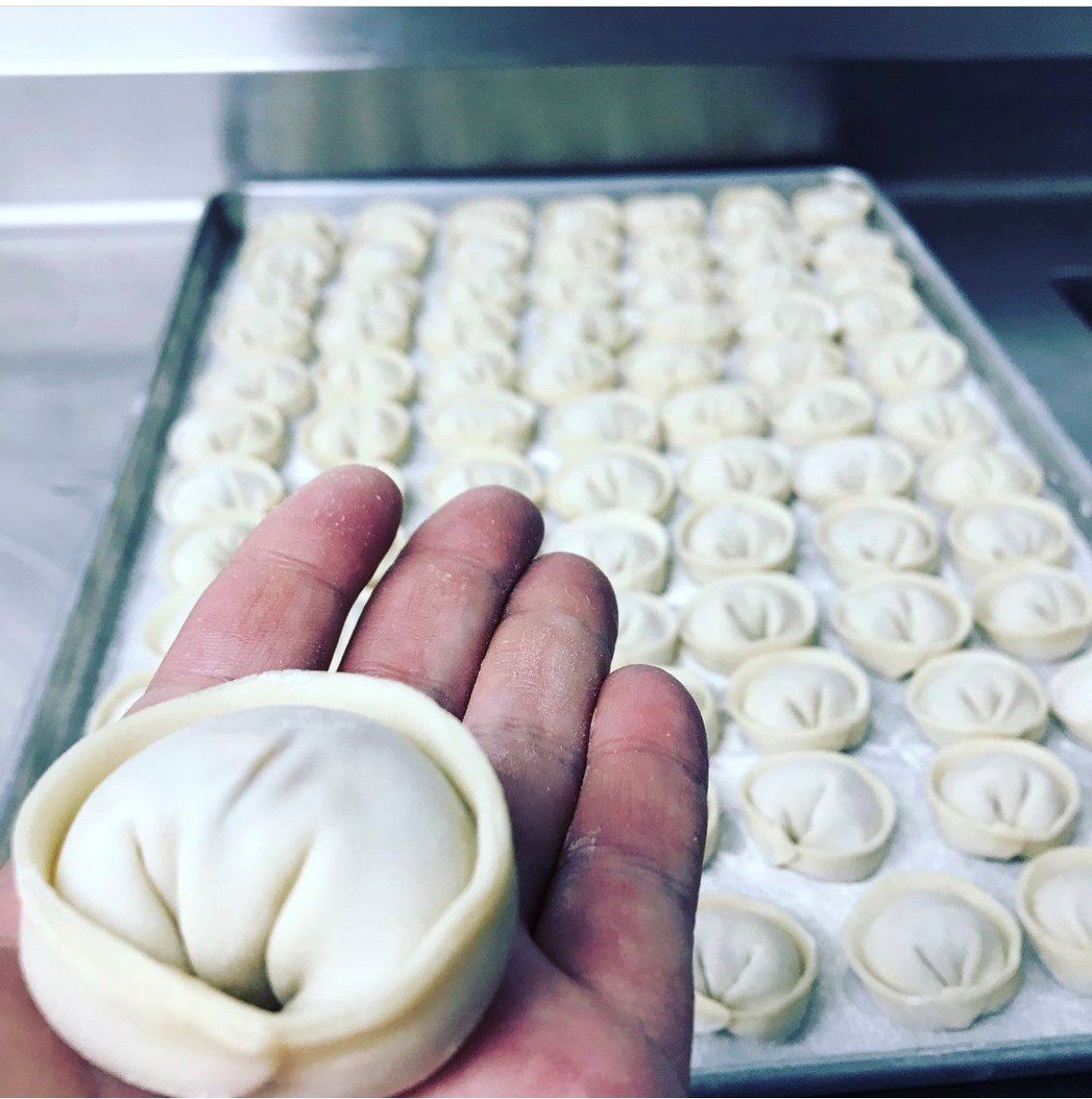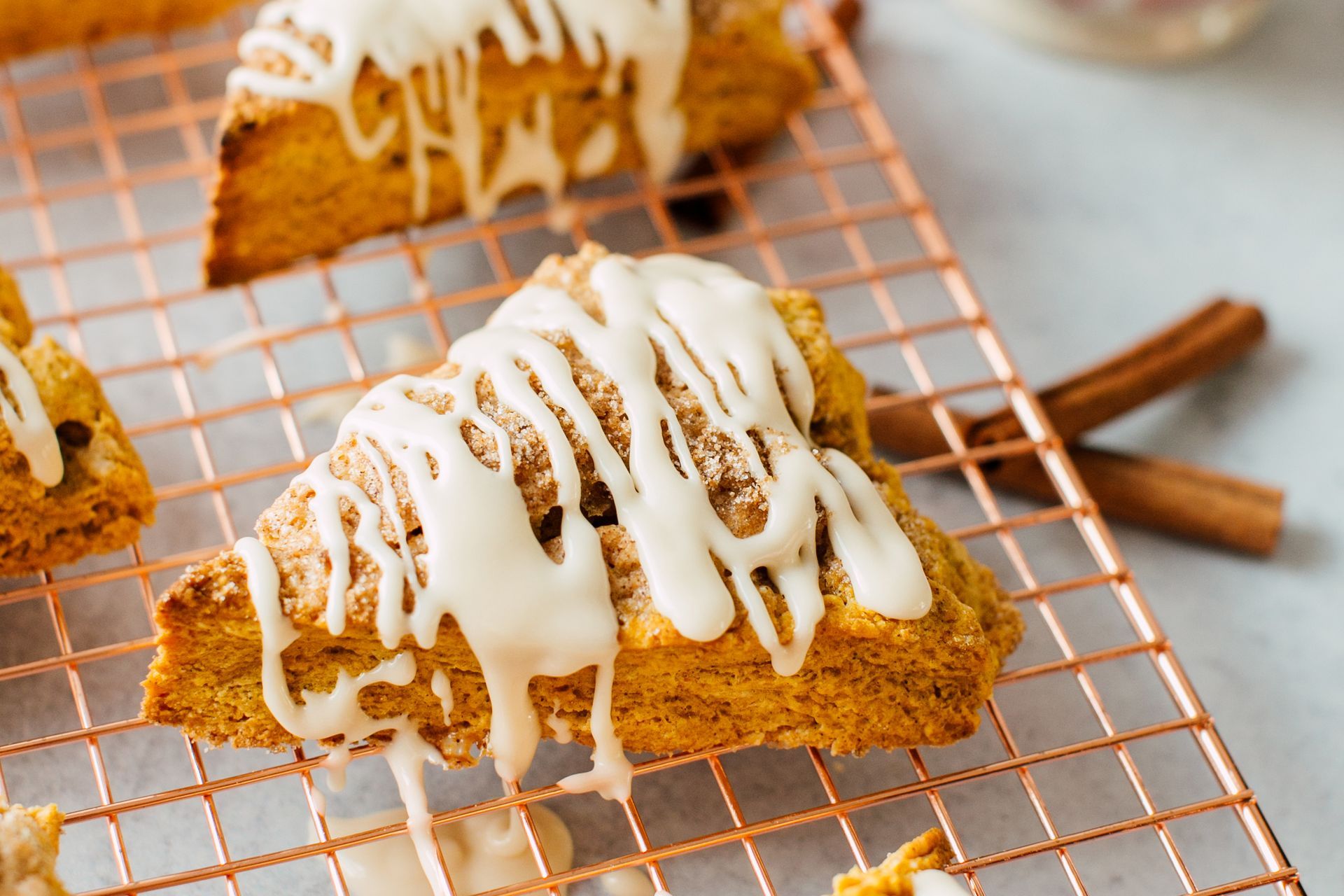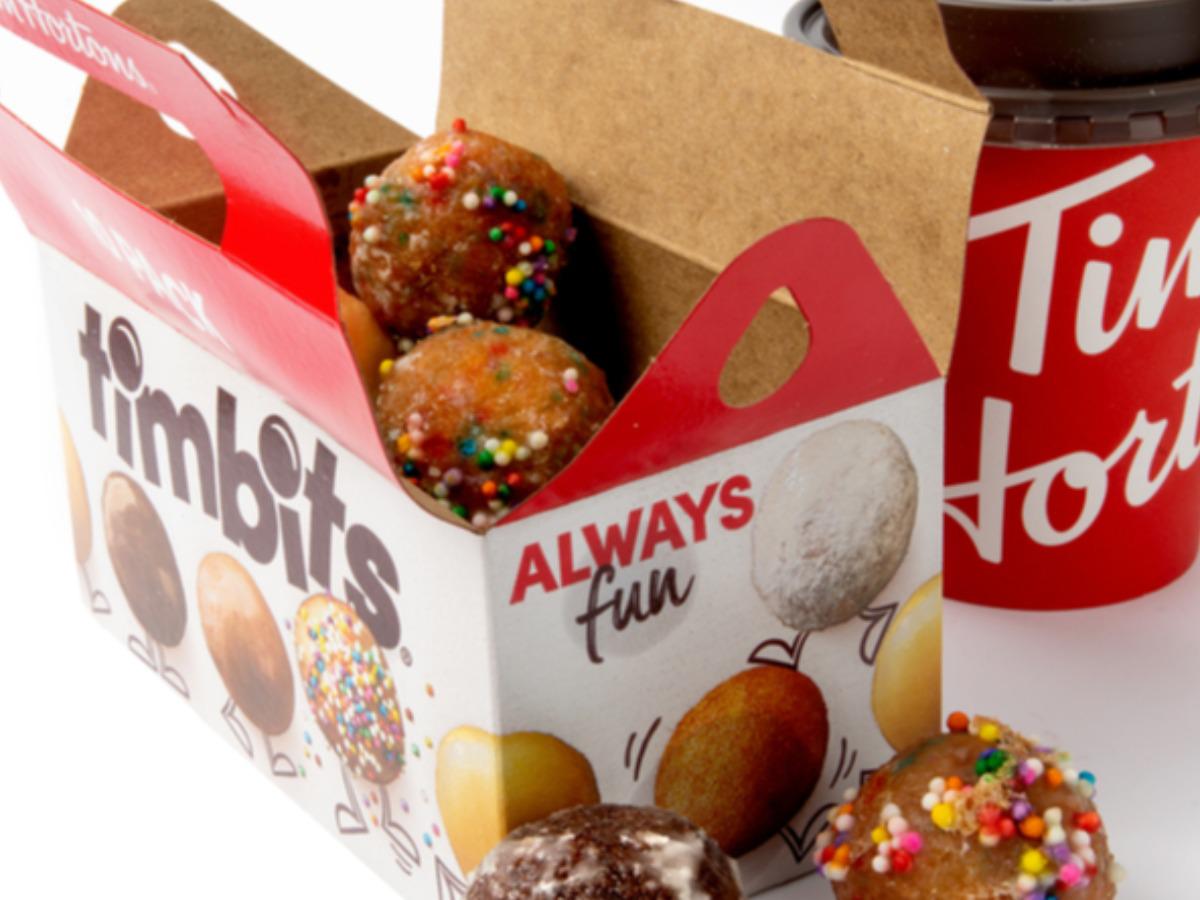June 23, 2022
Today, kimchi has become a popular side dish and can be found in various recipes from traditional to fusion, but this wasn't always the case. As a kid, I remember my friends finding something off-putting about it, and they would tease me for eating it. The bold flavors and smells associated with Korean food led to many odd looks at the lunch table. Seeing kimchi become a craveable staple on so many current menus has made me feel proud of something that used to make me feel embarrassed and ashamed.
For AAPI Heritage Month, I was honored to do a fun cooking demo of a simplified kimchi recipe and a pork and kimchi mandu. I wanted to showcase an example of one of the endless ways you can use kimchi. Making mandu, or Korean dumplings, is something my family does as a tradition on New Year's Day. We would all get together to make dumplings and then add them to a soup called Tteok Mandu Guk. There's nothing like ringing in the new year with a delicious bowl of comforting soup. There was a lot of pressure in my house to make nicely formed mandu. As my mother and grandmother would say, "if you make ugly mandu, you will have ugly children!" My mom makes the best-looking dumplings, in my opinion.
Making kimchi and mandu is the most fun when surrounded by family or the people you love. It's a great activity for those days when it's too hot to be outside or on a relaxing rainy day. I hope you enjoy making these delicious Korean dishes as much as I do!
Easy Kimchi
Yield: 4 Quarts (yield may vary based on cabbage weight)
Ingredients
1 head Napa Cabbage, quartered remove outer green leaves
4 quarts Water
1/3 cup Kosher Salt
1 cup Gochugaru (Korean Chili Flake)
½ cup Fish Sauce (Three Crabs brand preferred)
3 bunch Scallions, thinly sliced
¼ Tbsp Ginger, minced
½ cup Garlic, minced
4 large Carrots, julienned or grated, about 1 quart
2 small Daikon Radish, julienned or grated
3 large Yellow Onion, thinly sliced
1 large glass jar with airtight lid
Directions
1. Dissolve kosher salt in water. Then soak napa cabbage at least 2 hours and up to 24 hours.
2. Combine the rest of the ingredients thoroughly until paste forms. Taste kimchi paste mixture and adjust seasoning to your liking.
3. Strain salt water from cabbage, squeezing out excess water.
4. Using gloved hands, take one-quarter of Napa cabbage and spread kimchi seasoning paste in-between each leaf, keeping each leaf attached to the core.
5. Transfer seasoned cabbage into an airtight container pushing out air pockets, then seal container.
6. Leave out at room temperature for 24 hours to help jumpstart the fermentation process.
7. After 24 hours, transfer to fridge and allow to ferment for at least four days.
8. Remember to "burp" or occasionally release air from the container to ensure liquid does not leak.
Kimchi Mandu
Yield: 50 Dumplings
Ingredients
1 ½ cup Kimchi, minced, with all juice squeezed out
3 oz Tofu, crumbled, with all water squeezed out
4 oz Ground Pork
1 ½ oz Dangmyeon Noodles (sweet potato starch noodles), cooked and chopped
½ cup Yellow Onion, diced small
1 bunch Scallions, sliced thin
1.5 oz Mung Bean Sprouts, chopped
½ tsp Ginger, minced
1 Tbsp Garlic, minced
1 ½ Tbsp Soy Sauce
½ Tbsp Sesame Oil
½ Tbsp Gochugaru (Korean Chili Flake)
Salt to taste; start with 1 tablespoon
Pepper to taste; start with small pinch or 1/8 tsp
1 Egg
50 round Dumpling Wrappers
Directions
1. Combine all ingredients and mix well. Cook small patty of filling to taste seasoning and adjust if necessary.
2. Fill each wrapper with a tablespoon of filling.
3. Using your finger, wet the outside rim of the wrapper with water. Then, seal mandu tightly while pushing air out to create a half-moon shape. For a more advanced shape, take a half-moon and pinch the two ends together to create a round "belly button" shape.
4. Using a steamer, steam mandu for 10 minutes. Mandu can also be deep-fried or pan-fried until golden brown, about 3-4 minutes at 350°F.
5. Any leftover mandu that is uncooked can be frozen on a sheet pan. Once frozen, they can be stored in a freezer bag for later use.






